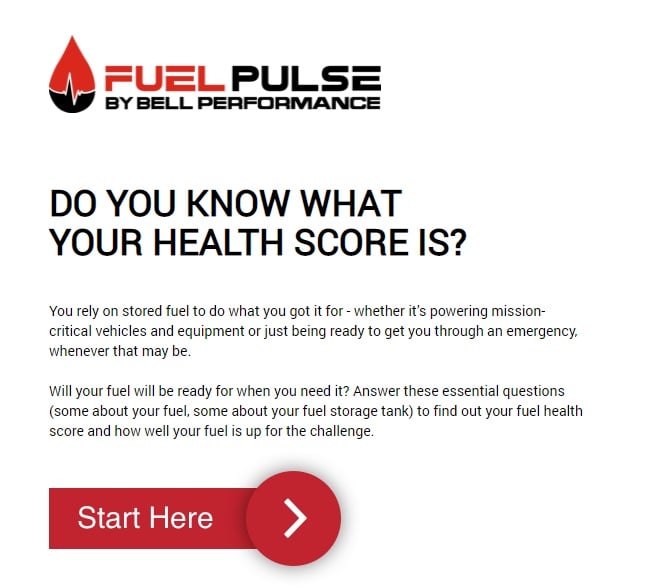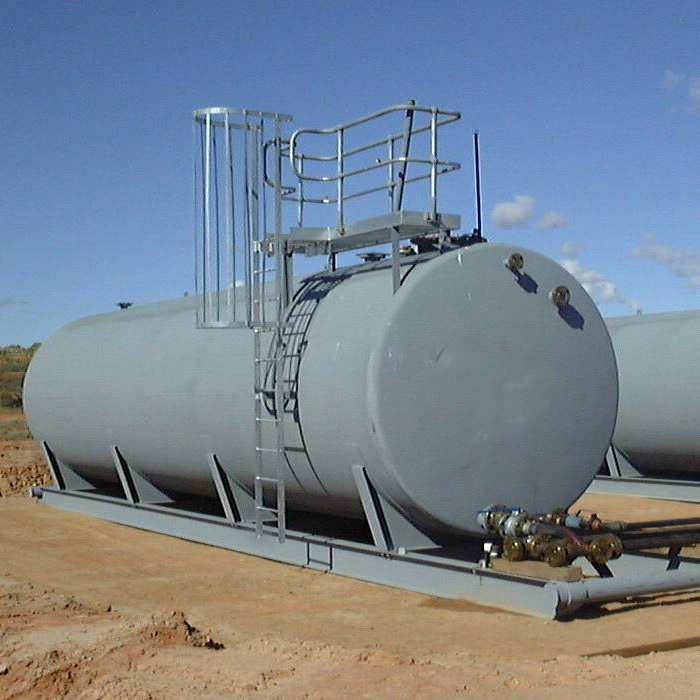The importance of your emergency fuel's "health score"
These days, people are trying to quantify everything, to come up with a number that tells them in simple terms what they think they need to know. It...

The amount of diesel fuel storage for emergencies is pretty vast. While the exact amount of it is unknown (partially because that volume varies from day to day and week to week), to give you an idea of the scale think about the fact that there are well over 500,000 underground storage tanks registered in the United States to hold petroleum and other hazardous chemicals.
And that’s just underground tanks. We don’t even know how many above-ground storage tanks (ASTs) there are across the country, but it’s more than underground. For perspective, if you go state by state, Minnesota has over 20,000 ASTS and Florida has close to 25,000 ASTs. That’s just two states out of fifty.
Granted, not every underground and aboveground tank holds fuels for emergency use, but many of them do. The nature of “emergency fuel” is that there’s an expectation that the fuel therein is going to be available for use at some undefined point in the future. But there are some hard truths to face about emergency fuel. Those who know about and recognize these truths are in a much better position to be prepared than those who don’t know or ignore them.
If you haven't noticed, the country is getting hotter, and for longer periods. Storing emergency fuel in conditions where it is frequently exposed to high temperatures can lead to a host of issues.
Heat accelerates the natural oxidation process of diesel fuel, causing it to degrade faster - bad news for emergency fuel that's expected to perform well at important times. This degradation can result in the formation of gums and varnishes that clog filters and corrode important components of the storage system - more bad news for fuel with this kind of responsibility.
Additionally, high temperatures increase the rate at which fuel evaporates, potentially leading to significant volume losses over time. This volatility not only affects fuel economy (not always the biggest concern for emergency fuel) but can also increase the risk of vapor build-up, which might lead to pressure problems within the tank.
Because of the nature of emergency fuel (it needs to work right because it may be called upon at any time), anything that may compromise its integrity is an inherent danger. When you store emergency fuel through the summer, it develops water problems that lead to microbe problems. And microbes are perhaps the biggest contributor to the possibility of emergency fuel failure.
All diesel fuels have water dissolved in them - they hold onto it. Hot weather enables emergency fuel to hold more dissolved water. But when the temperatures drop at night, all that extra water comes out and builds up in the storage tank. This is a problem.
Water is one of the biggest enemies of stored fuel. Once inside, water provides a perfect habitat for microbes like bacteria and fungi to grow, especially at the interface of water and fuel. These microbial infestations can produce acids that corrode the tank and fuel system. They also generate sludge that can block filters, degrade the fuel quality, and eventually lead to engine or emergency system failure when the fuel is called upon to work.
Dangers like water buildup and microbial contamination don’t show up until they are far enough along that they’ve already caused functional problems. That’s why regularly checking on the health of emergency fuel is important. Choosing to ignore (or, conversely, choosing to not check) these problems is a bad idea.
Microbes do not need much free water present to cause problematic contamination. If you can detect any amount of water (using, for example, a tank stick and water paste), it’s more than enough for microbes to use. These microbes may start out in the fuel-water interface, but part of their lifecycle necessarily involves the colony sending out microbes into the fuel to travel to another part of the fuel system, where they will start additional colonies. This process can take time and that means the longer you ignore water buildup, the greater the chance microbial problems will explode in any number of other places in your system.

These days, people are trying to quantify everything, to come up with a number that tells them in simple terms what they think they need to know. It...

The COVID-19 pandemic has shed light on areas that may need a higher level of preparedness than previously imagined. Anyone with emergency fuel may...
After a number of years of relative quiet on the storm front, the 2017 hurricane season seemed to be aiming to make up for that. In addition to the...